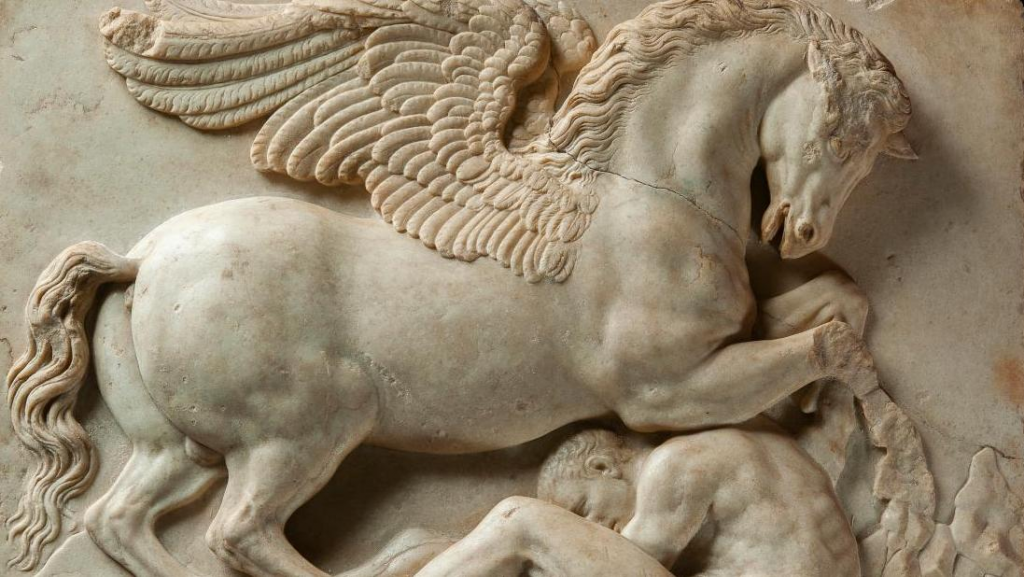While researching mythical creatures both out of interest and as inspiration for my upcoming Mythical Monsters RPG, I discovered I was not as well read on the differences between griffins, hippogriffs, and pegasi. So I thought it would be fun to make a post about it and list some interesting things concerning the folklore and myth behind these creatures.
The Griffin

In ancient times, the griffin (or gryphon) was considered the most majestic animal of all. The lion is the king of the beasts and the eagle is considered the king of the birds, and in the griffin both of those aspects are joined together. Its cultural influence ties back to the old Minoan gods, the Greek gods, and many of the civilizations in the Middle East.
Myths
- The griffin’s claws were believed to have medicinal properties.
- A griffin’s feather was believed to have the power to cure blindness.
- It was believed that four griffins carried Alexander the Great across the world as a babe.
- The oldest griffins can be found in the ancient fables of Assyria and Babylon.
- In the north, the griffin watches over the green gold inherent in the forests.
- It also has a counterpart in Finnish mythology that is regarded as a spirit which watches over hidden underground treasures.
The Hippogriff

The hippogriff (or hippogryph) is a legendary creature with the front half of an eagle and the hind half of a horse. The creature is actually a relatively modern invention created by Ludovico Ariosto in his Orlando Furioso.
Myths
- It is extremely fast and is presented as being able to fly around the world and to the moon.
- It was considered the choice mode of travel by magicians
- In some traditions, the creature is said to be a symbol of love, as its parents, the mare and the griffin, are considered to be natural enemies.
The Pegasus

The pegasus itself is perhaps one of the most recognized creatures from Greek mythology and is depicted as a white winged horse.
Myths
- In Archaic Greek mythology, Pegasus is the offspring of the Gorgon Medusa, when she was depicted as a mare. In later myths, Pegasus was foaled by Medusa as she was dying, while being decapitated by the hero Perseus.
- In Classical Greek mythology, the Olympian god Poseidon is identified as the father of Pegasus. Pegasus is the brother of Chrysaor and the uncle of Geryon.
- Pegasus was caught by the Greek hero Bellerophon near the fountain Peirene with the help of Athena and Poseidon. Pegasus allowed Bellerophon to ride him in order to defeat the monstrous Chimera, which led to many other exploits. Bellerophon later fell from the winged horse’s back while trying to reach Mount Olympus, where the deities resided. After that failed attempt, Zeus transformed Pegasus into the eponymous constellation.
- When Pegasus was transformed into a constellation, its said that a single feather fell to the earth near the city of Tarsus.
- The poet Hesiod alleged that Pegasus carried thunderbolts for Zeus.